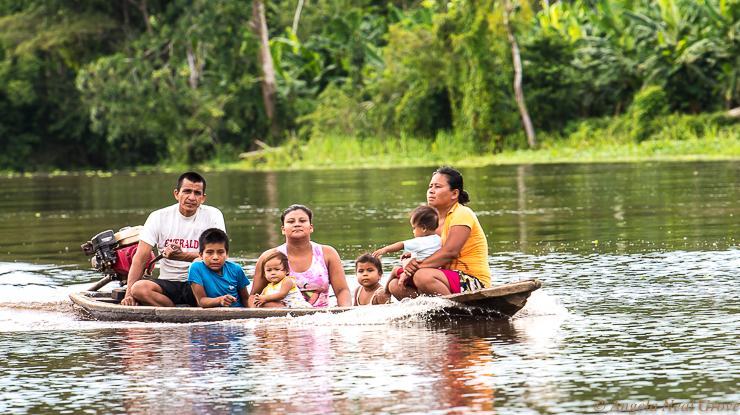
This is the third update on my recent Lindblad/National Geographic Amazon River Headwaters Adventure.
Here we meet the people who live in the remote Pacaya Samiria National Reserve of Peru. There are no roads in the dense jungle and trails are often flooded. Here the Amazon River is the only link with the outside world.
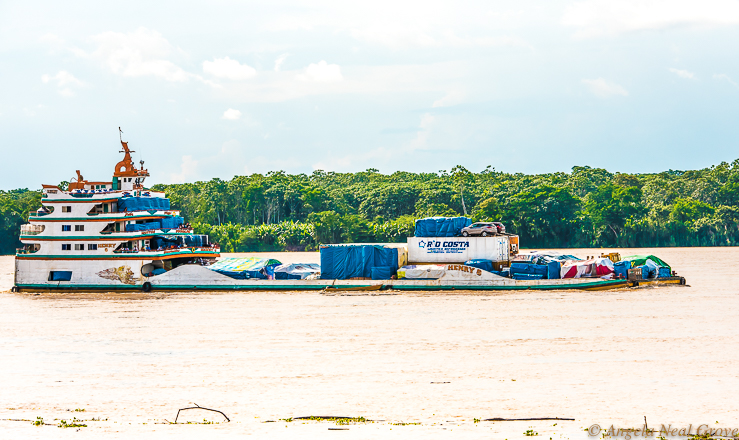
Amazon River Life Superhighway
To reach the headwaters area, and the National Reserve, we flew into Iquitos. It is the seventh largest city in Peru with almost half a million inhabitants. It is also the largest city in the world with no road or rail access. The only way to reach Iquitos is by air, boat or ferry.
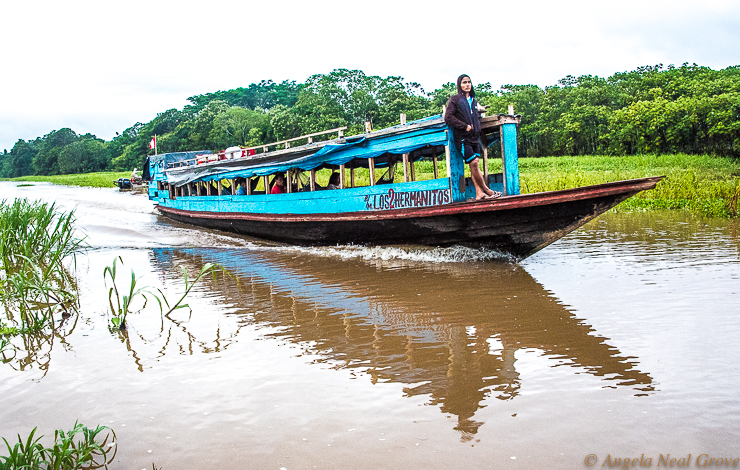
Village Community Life on the River
When Spanish Jesuits founded Iquitos around 1757 the lives of indigenous people began to change. This continued during the days of the rubber boom which lasted 1890 to 1920.
Today tourism is the major source of revenue for the area. The Riberenos, the people who live on the river, live in small communities. They fish, hunt, and as well as subsistence farming, grow sugar cane and bananas.
Riberenos are also employed as guides for the tourism industry. Their knowledge of animals, birds and plants is unmatched. They know which plants in the jungle are used for medicine, and can relate the oral history which, along with tales of spirit life, give great insight into the area and the culture.
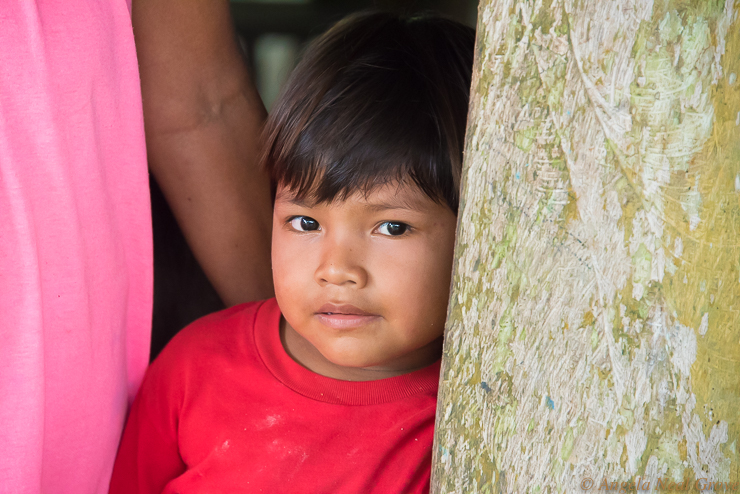
Amazonas Community
We visited the Riberenos community of Amazonas on the Maranon River. This has the support of NGO Minga Peru. There is a school and workshops on environmental conservation and impact of deforestation. Other classes focus on health, womens issues and eco-friendly income-generating projects.
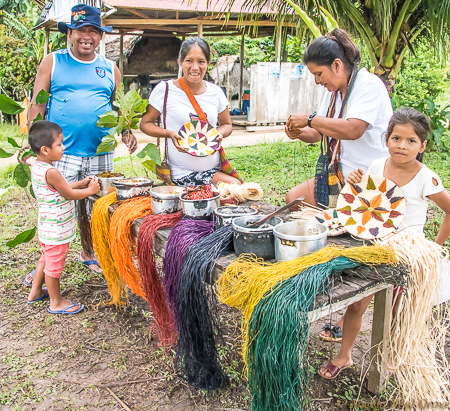
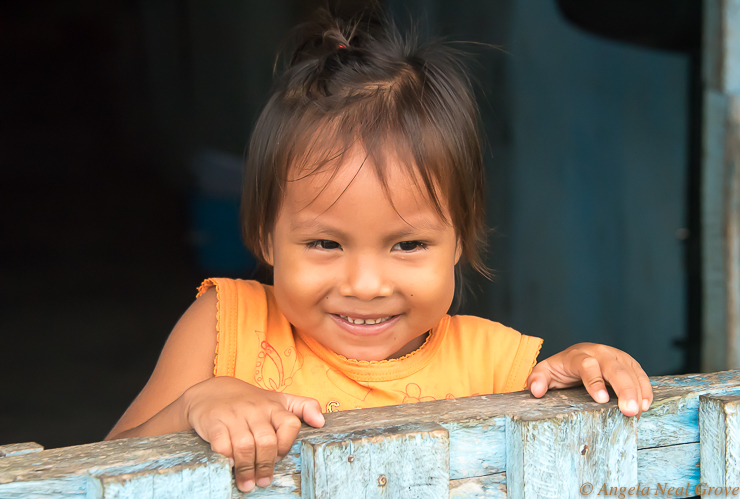
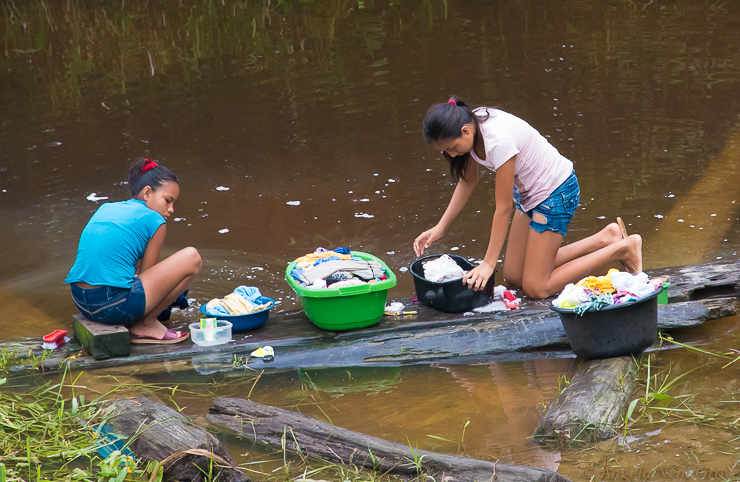
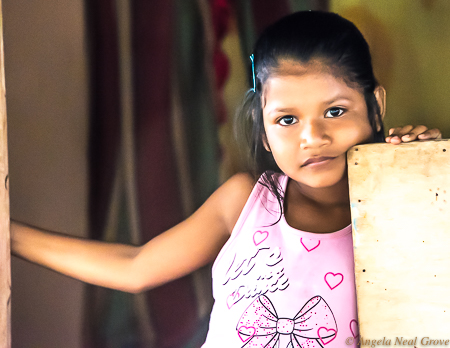
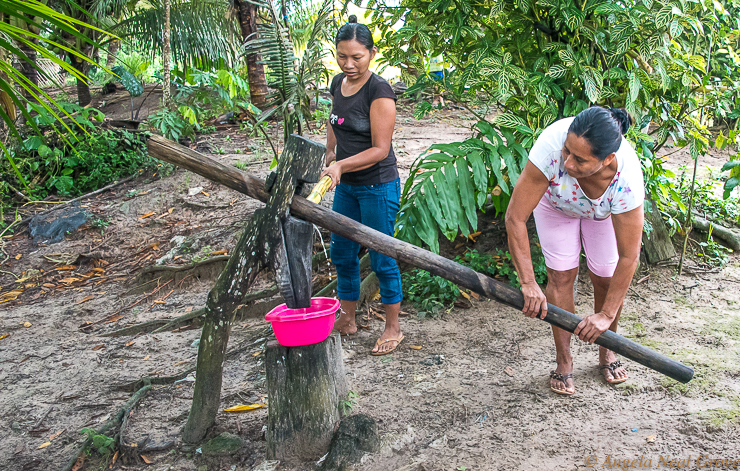
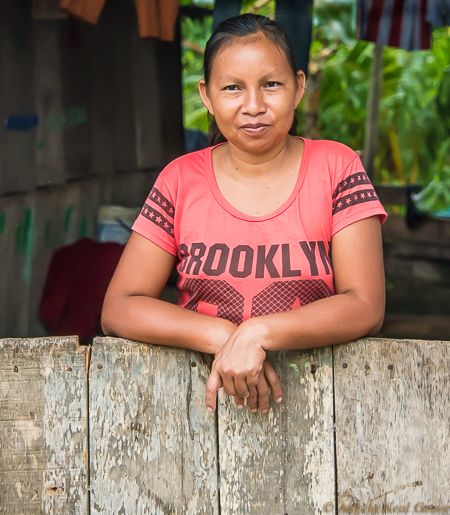
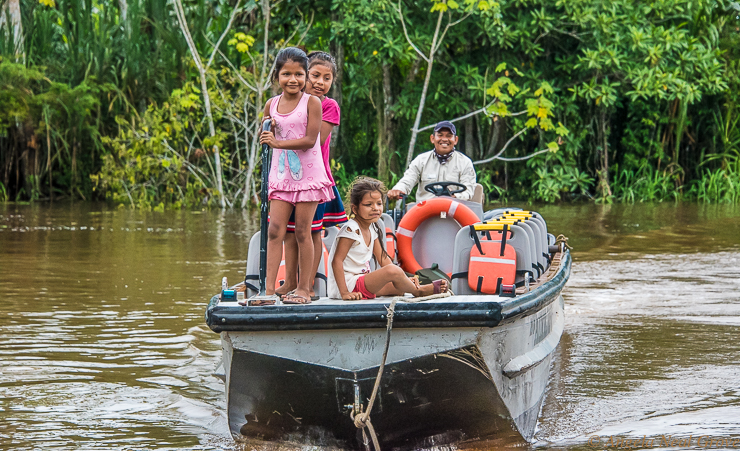
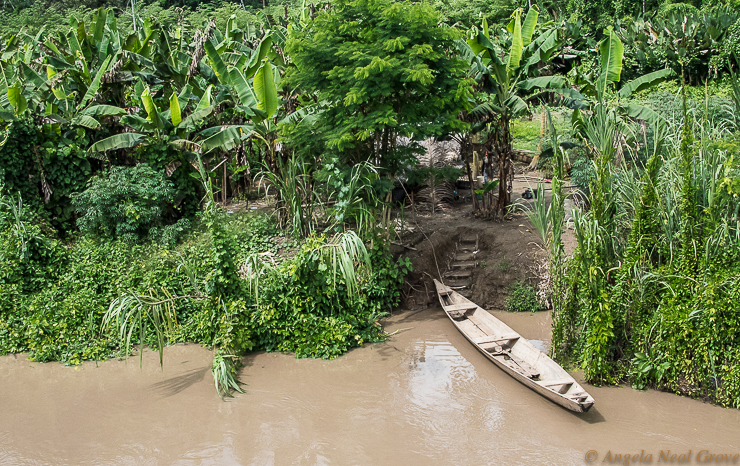
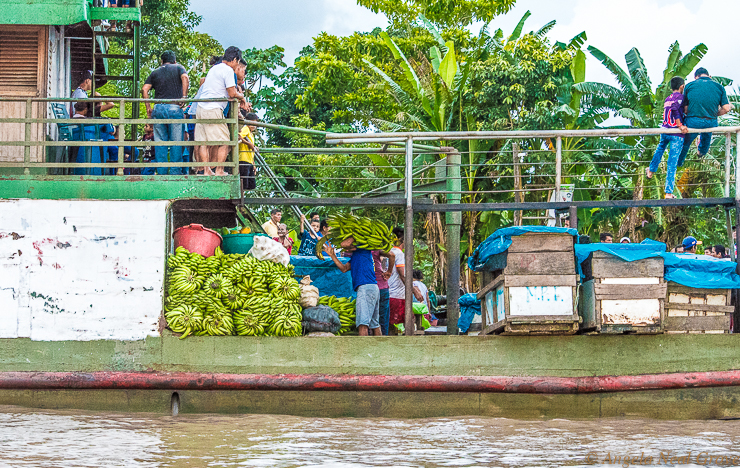
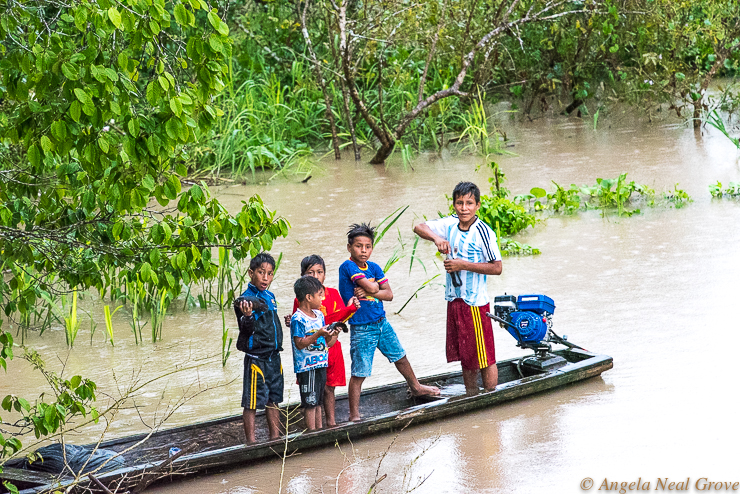
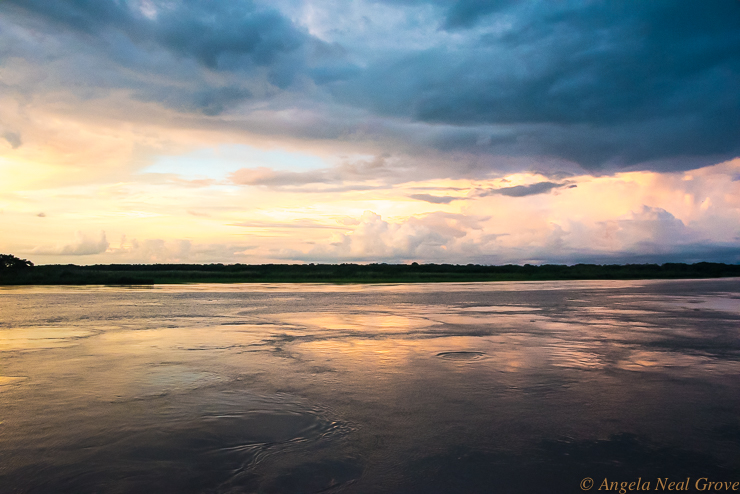
Off The Grid
This Amazon headwaters region is one of the remotest regions of the world. The river is the source life for those who live there.
For us, while we were there, we were away from all communication for ten days. Off the grid with no internet, TV or news of the outside world. It was novel for us and we bonded as a group. It also maybe gave us some tiny insight into lives of the Riberenos and those who live along the Amazon River.
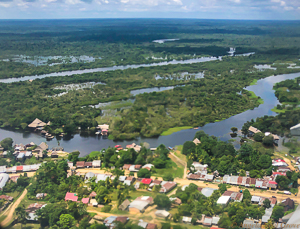
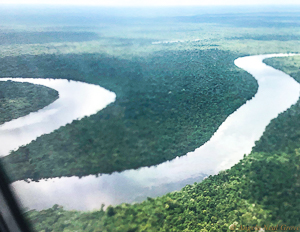
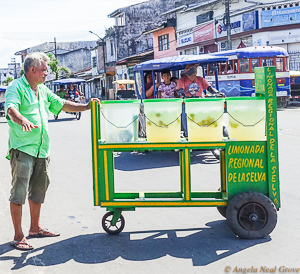
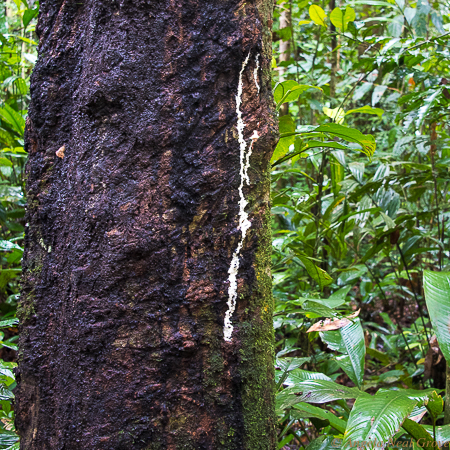
TWO PREVIOUS AMAZON POSTS: were Amazon River Headwaters Adventureand Amazon Live Adventure
COMING NEXT: After spending two weeks in Peru I went to the Atacama Desert in Chile. It was surrounded by snow-capped volcanoes. Stay tuned..
hey angela, I really enjoyed learning about this part of the amazon river life and Iquitos through your photography and color commentary that gave me a sense of place. Your photography capture the color and spirit of the people and place.
Hi Cheryl:
Thank you so much. This is a truly unique and remote area of our planet. All of the people I met were very friendly and open. The local guides were extremely knowlegeable, after all they had grown up in the area. It was an epic adventure.